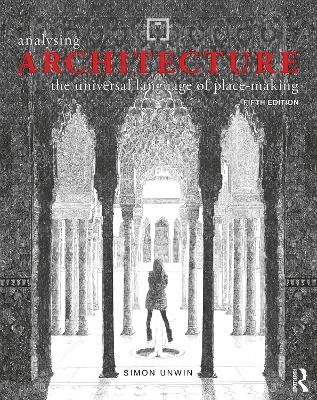Now in its fifth edition, Analysing Architecture has become internationally established as the best introduction to architecture. Aimed primarily at those studying architecture, it offers a clear and accessible insight into the workings of this rich and fascinating subject. With copious illustrations from his own notebooks, the author dissects examples from around the world and all periods of history to explain the underlying strategies in architectural design and show how drawing may be used as a medium for analysis.
In this new edition, Analysing Architecture has been revised and expanded. Notably, the chapter on ‘How Analysis Can Help Design’ has been redeveloped to clearly explain this crucially important aspect of study to a beginner readership. Four new chapters have been added to the section dealing with Themes in Spatial Organisation, on ‘Axis’, ‘Grid’, ‘Datum Place’ and ‘Hidden’. Material from the 'Case Studies' in previous editions has been redistributed amongst earlier chapters. The ‘Introduction' has been completely rewritten; and the format of the whole book has been adjusted to allow for the inclusion of more and better illustrative examples.
Works of architecture are instruments for managing, orchestrating, modifying our relationship with the world around us. They frame just about everything we do. Architecture is complex, subtle, frustrating… but ultimately extremely rewarding. It can be a difficult discipline to get to grips with; nothing in school quite prepares anyone for the particular demands of an architecture course. But this book will help.
www.instagram.com/analysingarchitecture
Åtkomstkoder och digitalt tilläggsmaterial garanteras inte med begagnade böcker





















